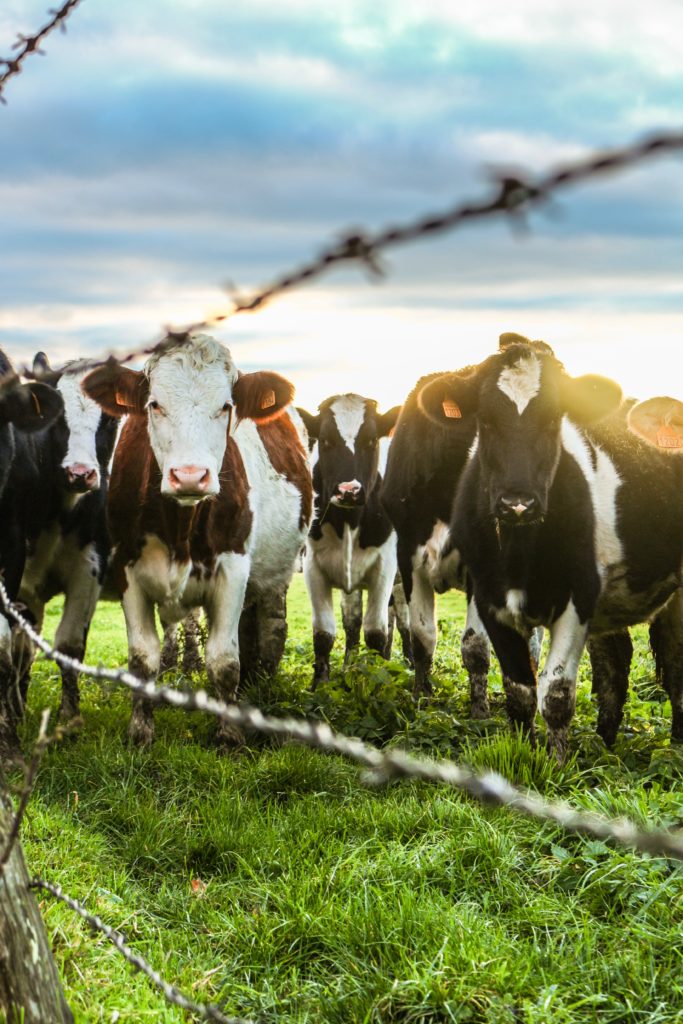PLANS to cull as many as 150,000 head of dairy cattle in New Zealand in an attempt to eradicate a bacterium will likely drain up to three per cent of milk supply from the global market.
With supply and demand balanced at the moment, that is considered a substantial loss and should put significant upward pressure on prices at both the export and farmgate level, market analysts said.
Australia will be well-placed to pick up the gap caused by less NZ supply, particularly in Asian markets.
Commonwealth Bank analyst Tobin Gorey said world milk price futures had already gained in the past day as a result of the news.
In announcing the plan to eradicate mycoplasma bovis (M bovis), which is prevalent in every other dairy-producing region in the world, NZ politicians and industry leaders estimated it would cost close to $900 million, compared to a cost of around $1.2b to manage.
Around 23,000 head have already been culled with the first infected farm found last July. The process will continue for the next two years.
M bovis causes illness including udder infections or mastitis, abortion, pneumonia and arthritis.
It does not affect humans and has no food safety implications in either milk or meat.
The bacterium was first identified in Australia in 1970 and is today estimated to be present in around 1pc of dairy herds.
Professor John House, from the University of Sydney’s livestock veterinarian teaching and research department, said losses were minimal where producers knew what it is and how to manage it.
“It disappeared for some years in Australia before re-emerging with a number of outbreaks in 2006,” Pro House said.
There is no effective treatment. In clinical cases, cows are sent to slaughter.
A challenge is subclinical cases are difficult to identify so disease can spread without being seen.
It is present in all dairy regions of Australia, Pro House said, and also in some beef feedlotting operations where it contributes to respiratory disease.
Because it would be very expensive to eradicate, and was mostly managed successfully, it was very unlikely any attempt would be made in Australia to follow NZ’s lead, he said.
The NZ dairy industry estimates the cull will result in a 2-3pc reduction in the herd size.
Some analysts say the resulting fall in NZ milk production will be of a similar magnitude, however Rabobank’s NZ dairy analyst Emma Higgins believes her country’s milk production needle won’t shift much this season.
The NZ herd had been contracting anyway since the dairy downturn and high beef prices from 2015 prompted significant culling, she explained.
“But production has actually only decreased marginally, due to good seasons,” Ms Higgins said.
“Where this plan poses challenges for the future is in whole herds being culled, so the next generation of stock is going.
“It adds to the message NZ’s milk supply is set to slow down over coming years.
“We are facing a number of headwinds in the environmental regulation space which will also drive this.”
The news of the eradication plan was not surprising to NZ producers, she said.
“It’s a very ambitious plan, and a tough call, and it has been made around the significant risk to dairy productivity and the wider economic impact of that,” she said.
Farmers will be compensated for loss of income and stock.
Ms Higgins believes the majority will purchase replacement herds and continue in dairy, although some older farmers will take pause.
Article sourced from www.farmonline.com.au



